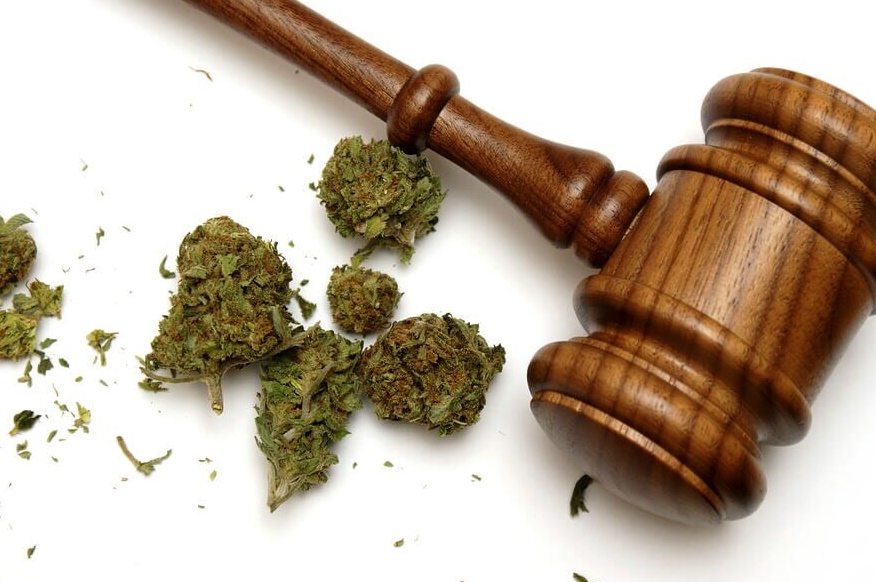New York officially joined the ranks of states with medical cannabis legalization laws on the books back on June 19, 2014. The legislation signed by Governor Andrew Cuomo is called the New York Compassionate Care Act. The bill won’t take affect for a few more months; however, the law has been on the books long enough now for its finer points to have been studied. It’s clear that there are some great things and some not-so-great things about the law.
The Good
Some of the positive aspects of the New York Compassionate Care Act include:
- Eligible patients with doctors’ prescriptions can purchase as much as 2 ounces of medical cannabis every 30 days.
- The law allows for the legal use of a marijuana vaporizer. Those with prescriptions can use a desktop vaporizer, a portable vaporizer, or a vaporizer pen.
- Those with prescriptions can choose to vape dry herbs in a vaporizer like an herbal vape pen or to vape waxy concentrates in a wax pen.
- An identification card will be issued to patients with prescriptions. This will help to eliminate the risk of police harassing people for possessing and using a wax pen vaporizer or other portable vaporizer in public.
- Licensed dispensaries will be able to open and legally operate under the law.
- The law describes serious consequences for physicians who inappropriately prescribe marijuana, helping to ensure that the system is not abused in such a way as to make the law a failure.
The Bad
For all of the positive aspects of the New York Compassionate Care Act, there seem to be just as many drawbacks, including:
- Smoking marijuana is not legal under the law due to concerns about lung cancer and lung disease.
- Edible marijuana products are not legal under the law, which prohibits people with breathing problems from benefitting from medical marijuana, since they cannot vape.
- Only 10 percent of people who have conditions believed to be treatable with marijuana will qualify for prescriptions. The law specifically names only certain conditions as eligible for medical marijuana treatment, including:
- ALS
- Cancer
- Crohn’s disease & inflammatory bowel disease
- Epilepsy
- Huntington’s disease
- Multiple sclerosis
- Neuropathy
- Parkinson’s disease
- Spinal cord injuries
- The state will impose a 7% tax on the sale of medical marijuana.
There will only be a total of 20 dispensaries allowed to open in the state. In some areas, there may not be a convenient dispensary located nearby.Individuals with prescriptions for medical cannabis will need to pay $50 for registration in order obtain the mandatory ID card to use the drug. It’s likely that the New York Compassionate Care Act will be revised over time, but there is no talk of any changes going into effect before the sale of marijuana for medical use starts in New York. Individuals who will qualify for prescriptions may want to purchase a wax pen, dry herb vape pen, or desktop marijuana vaporizer soon to avoid what’s certain to be a rush to purchase vaporizers.
References:
- http://nymag.com/daily/intelligencer/2014/06/new-york-medical-marijuana-explained.html
- http://www.capitalnewyork.com/article/albany/2014/06/8547587/cuomo-and-leaders-strike-balance-medical-marijuana
http://qz.com/231898/new-yorks-new-medical-marijuana-law-is-the-worst-in-the-us/

